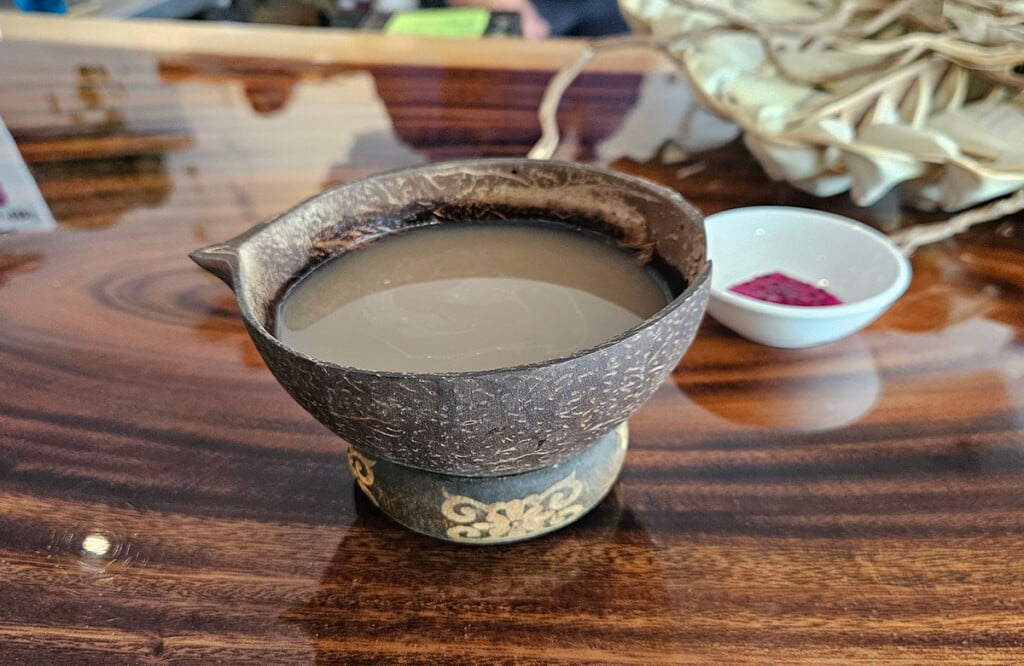Tips for Eating Gluten-Free
Did we skip your favorite spot? Here's a quick guide with some general rules of thumb to avoid gluten, whatever kind of restaurant you end up at. Turns out some cuisines make it easier than others.
SAFE ZONE
Relatively low-gluten cuisines:
-
Greek/Mediterranean — Just stay away from pita bread, phyllo, couscous and tabouleh.
-
Hawaiian — Avoid shoyu-based dishes such as pipikaula and chicken long rice.
-
Indian – One of the most gluten-free cuisines—as long as you bypass the breads. Dosa pancakes are made of rice flour and lentils and are gluten-free.
-
Thai – Noodles to avoid: pad see eu (siew), pad khi mao and rad na stir-fried noodles, which have shoyu. The rice flour noodles themselves are gluten-free, though, so pad thai is ok. Some recipes for panang and yellow curries use soy, so ask first.
-
Vietnamese — Anything with the words “mi” or “my” (wheat) or “nuoc tuong” (soy sauce) has gluten; otherwise, Vietnamese is a heavily rice- and fish sauce-based cuisine.
DANGER ZONE
These are gluten-heavy cuisines. Here’s what to order if you can’t stay away:
-
Chinese—A cuisine of wheat-based dumplings, noodles and soy can present a challenge, but thanks to a penchant for a la minute stir-fries, it’s often easy to ask for gluten-free modifications. Black bean, oyster, hoisin and plum sauces either have gluten or may be made with some form of it. Stick to cold ginger chicken, jook, crispy skin chicken (usually gluten-free, but ask). Ask if the kitchen can make you a steamed or fried dish of seafood, meat and vegetables cooked without brown sauces, soy or flour.
-
Japanese—If a dish isn’t simmered or dipped in soy or brushed with a soy-based sauce, it’s likely a wheaty noodle dish (in a soy-based broth) or it’s dredged in flour or bread crumbs. Stick to shio (salt) grilled yakitori and kushikatsu, salt-grilled fish (yakizakana), traditional oshinko pickles and musubi riceballs with plum or salmon—but not grilled rice balls, which are often slathered in soy. If you’re a sushi or sashimi lover, bring your own gluten-free soy sauce and let the kitchen know, in case there’s wheat in the sushi rice seasoning. Mochi is gluten-free, as are the red beans and roasted soy kinako powder it’s often served with.
-
Korean—Kochujang, the fiery red paste used to flavor many dishes, often has barley, and doenjang, the garlicky miso paste, hides wheat flour. The good news: You’re fine grilling un-marinated meats at yakiniku restaurants, where grills are changed out between uses. Just stick to the dip of salt and sesame oil, and if you wrap the meat in lettuce, skip the condiments and add kimchee and rice instead. Gluten-free Korean dishes? Oxtail soup, jook, seolleontang beef bone broth,gamjatang pork neck bone soup, salted fish.








